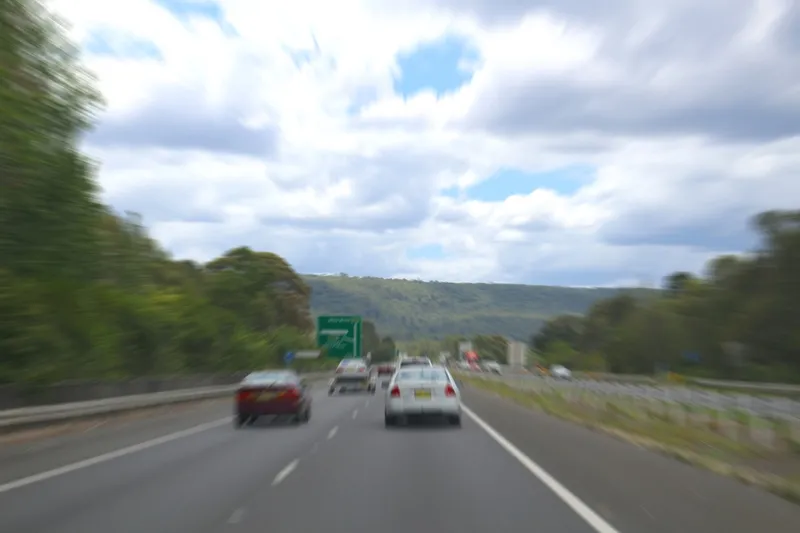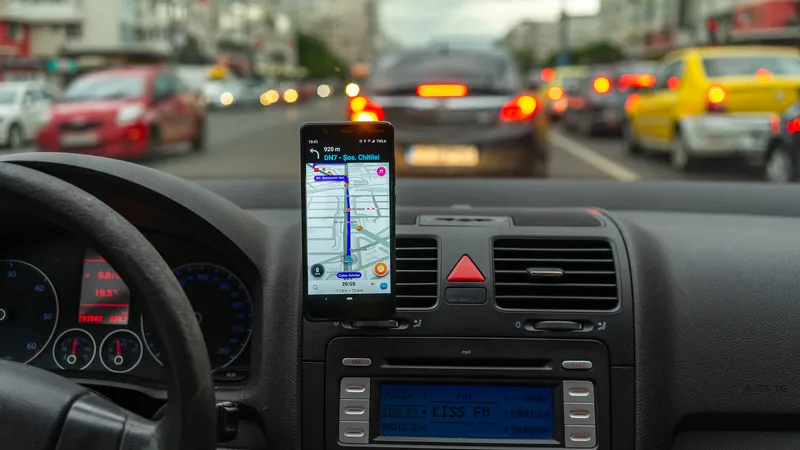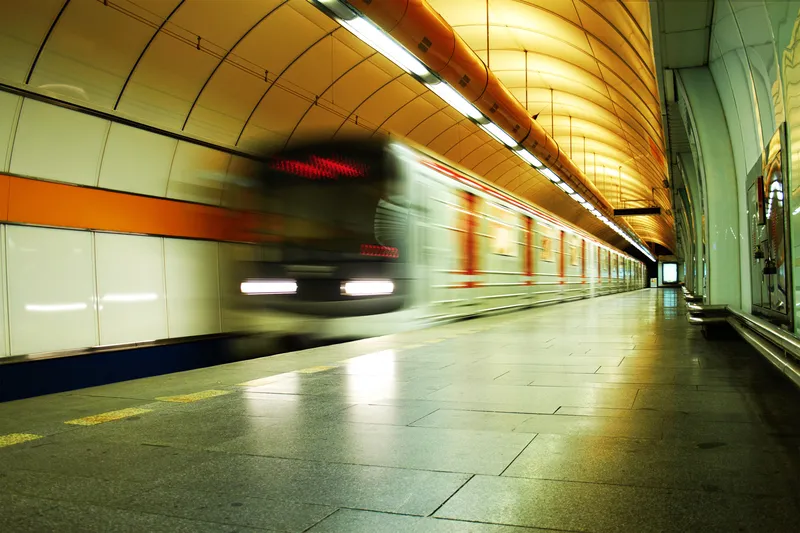
To change complex systems with multiple stakeholders and differing priorities, we need innovators and change agents to push the limits of perceived norms and to challenge the status quo. In the world of mobility that we found ourselves 10 years ago - with stovepipe solutions and unconnected and separate systems and mobility providers - a select group began a laborious task that required strong leadership, vision and the courage to become an ambassador of improvements. That is the catalyst and how Mobility as a Service (MaaS) was born…
Ten years later, where do we stand with the concept of MaaS? Did we deliver what we promised, or did we overpromise? Were the expectations too high? It goes without saying that the concept of MaaS has become an integral part of every journey for every user: from planning to booking to payment. This integration is ingrained in the daily lives of individuals, with the promise of further improvement and impact for every user. One thing is for sure, MaaS has not matured yet - and we are approaching the rebellious teenage years of MaaS; so watch out!

Unfortunately, the learning curve has been steep and the successful business models are still evolving. But this does not mean that the vision of MaaS has failed. It is evident that MaaS has been the accelerator of technical improvements within the mobility industry. MaaS has shown itself to be the spark and the kickstart to shake up several ‘immobility’ industries that are known as conservative, risk-averse - and fiscally-challenged.
Definitions and roles
I personally experienced many difficulties and challenges with the concept of MaaS. From the first moment, we all had our own definition of the concept - but most of these discussions were about the ownership of MaaS. An example: some say that the backbone of MaaS is public transport. Others say that the backbone of MaaS is the user. The definition changes based on how you view the world. What doesn’t change is that we must all see that MaaS is the output of processes that serve the user.
There are also external misperceptions of MaaS that are very hard to change. It is not only expectations which are high: every year, there is a publication of the market value of MaaS that is shockingly high.
Fact: the business model is still in evaluation. MaaS is not solely about making revenue, it is not about commercial cowboys capturing market share at all costs, or about who will dive in and take it all. MaaS is a way of thinking to reach sustainable mobility goals.
What I learned about MaaS is quite simple: MaaS is a tool to influence mobility and the services to provide all options for all users. MaaS is the output of the mobility process:
• Corporate: to serve mobility between employers and employees
• Government: to serve mobility between public authorities and inhabitants
• Consumers: To serve mobility between point of interest / destinations and consumers
What kind of a tool is it? The evolution of the tools, data sharing and connectivity between providers and the consumer has been vast – but it’s the tip of the iceberg. This digitalisation is the enabler for the opportunities for the mobility sector. We should start innovating and use techniques that we have developed in the past years to improve the services to serve the needs of users.

An important element is trust. Or to put it directly on the table, the lack of trust. There have been many stars of the mobility community that have shined so bright, promised so much, and then just as fast faded into non-existence - but this would always be the case if there is a billon-euro market waiting to be captured. These often high-profile failures have led people to question the future of MaaS and whether it is all anchored on these commercial opportunities.
“An important element is trust - or to put it directly on the table, the lack of trust”
Looking back over the past 10 years, this is not the truth of the case. It has been proven to be a wrong starting point for every discussion. ‘Winning’ in this market is not a only a commercial equation, it is a balance between the competing needs of all stakeholders and the users – a floating tide lifts all ships – and as such, a successful MaaS must be the tool that will have multiple owners, but will also serve the needs of all.
A community that believes in the user and delivering sustainable benefits and services for all is the only way forward. The misguided belief that change is bad and that ‘I know best’ will keep us in a vicious circle that will stall on mobility improvements and anchor our future generations to the same disconnected, unoptimised and unsustainable solutions we use today.
Curve of the upcoming business models
The initial MaaS business models focused on achieving revenue: the Netflix for mobility. This approach has shown itself not to be successful. The tipping point, I believe, is getting closer. The upcoming generations are creating the demand and supply for equitable access to sustainable mobility. This is a matter of time, but we need to shape the mobility market to be ready to fulfil these needs.
The evolution of MaaS has begun, as we learn from the past and now shape the future. The business model around corporate MaaS is taking off and proving to be very interesting for employers and employees. We see the MaaS-government model also as a good example. There is good progress being made with all actors to bridge the needs of public authorities and to manage their public domain. The success factors are set, the roles within the public domain are clear and success is approaching with speed.
But there is still much work to be done – we cannot coast or stop the acceleration. A big issue and main challenge for all players is the money factor: the cost to set up and maintain the solutions.
The price to have open data is relatively high. For public authorities, it is a regulated obligation to offer open data to the market: the bill is covered by essentially by the user of the system - the tax payer.
In every public tender for a public transport concession, there is also the obligation to make the data available as open data. This means an initial capital expense to set up the mobility services, to connect and integrate with mobility service providers, with open and commercial data sources, with ticketing and booking providers, with payment providers. The need to create a positive user experience is much higher than is traditionally expected for a single mode of mobility; then you need to maintain this on a monthly basis.
This level of bespoke integration, data management and connectivity at a local level means we need to drive the concept of MaaS by striving to create an open mobility market managed by the public authorities, to collaborate on achieving the required political goals and social outputs, while delivering the underlying core elements of MaaS.
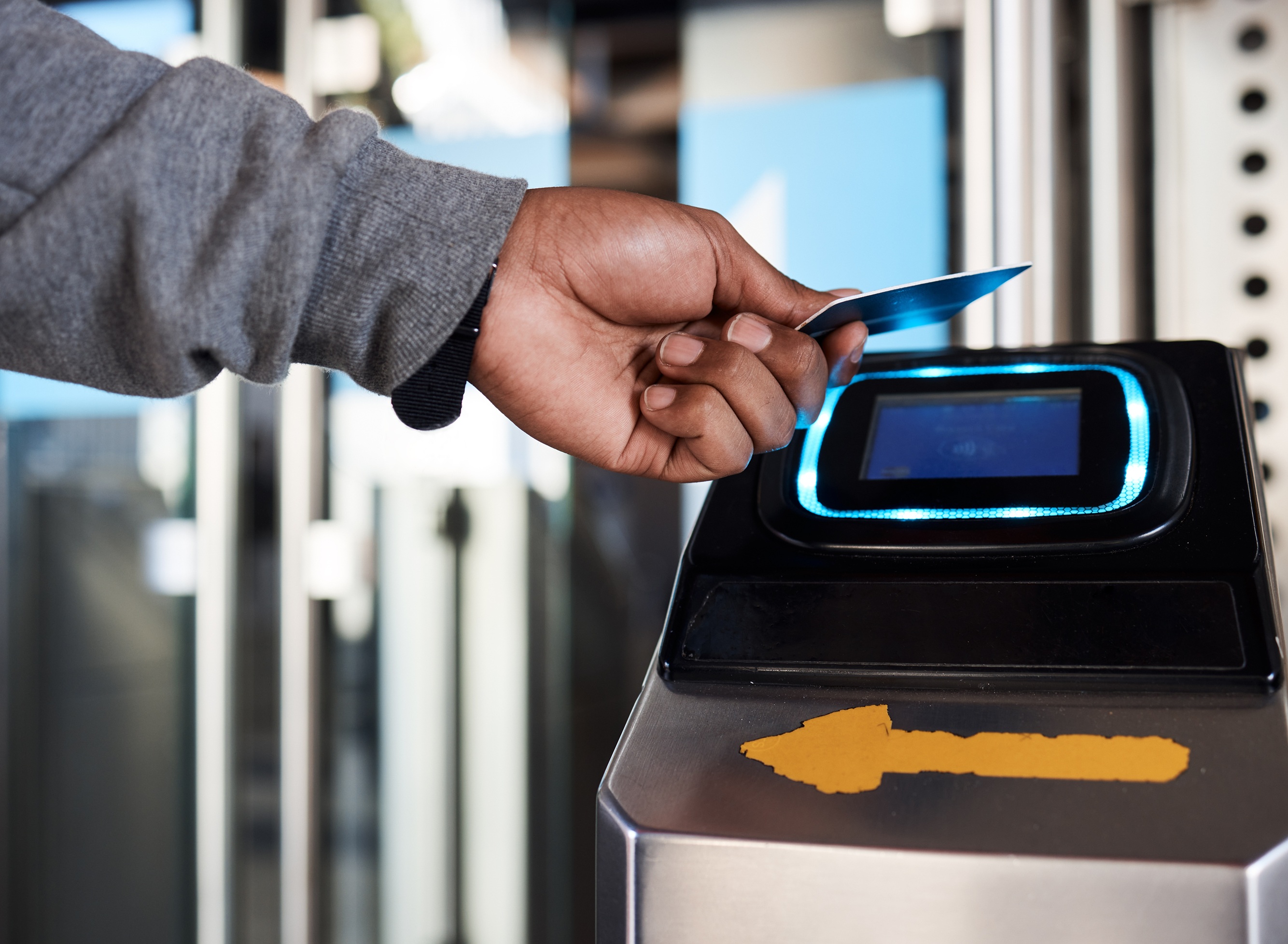
Aligning on creating sustainable impact
So how do we procure these systems that are interoperable, connected to the world and providing the core tenet to drive smart, equitable and sustainable mobility? Well, that’s what we’re doing now. We need to focus on supporting governments and public authorities as they scope of the tender to connect with all mobility service providers. The conditions to connect all suitable players should be easy, flexible and focused on the required output.
The common goal is to work together to achieve sustainability. All mobility propositions should be aligned on achieving this. The mobility options offered should be a better alternative than owning your own mobility.
The good thing about MaaS is that it is the starting point of the digitalisation and forcing function for the mobility sector. I noticed that from the moment we started to run this race called MaaS: it is shifting the entire mobility sector – it may be perceptions and technical standards over the last 10 years, but the future will enable wholesale movement to create better mobility for all.
We should be humble on this. MaaS is not owning anything: we can only support and provide the tools and services needed by the mobility sector. MaaS is all about managing user needs, to serve the government, corporate and consumer propositions to create a better future for our kids. That’s the definition of MaaS we’ve evolved to over the last 10 years, but it’s the vision that we all believe will drive the long-term success of MaaS.
“MaaS is a way of thinking to reach sustainable mobility goals”
We spoke of trust earlier – or, more rightly, the major challenge of gaining that trust; to be open for collaboration and to prove that the outputs we are moving to fulfil the user needs, the political goals, and commercially sustainable operations – in that order!
MaaS will continue to evolve towards the realisation of an ‘open mobility ecosystem’ in which we can support and influence all mobility modes, for all people, at all places, at any time.
We will knock down mobility silos; we will facilitate the direct tools for public authorities to procure and then provide every single user with the personal need to travel; we will optimise transport options for both public and private providers; we will work with agencies and cities to stimulate active sustainable mobility; we will provide the tools to make sure every single person will have access to mobility, at any location, at any moment of time - and for it to be affordable and reachable for every person.
We have a lot to do: the first 10 years were shocking and shaking things up - now we need to collaborate to create at least the same impact in the next 10 years.

ABOUT THE AUTHOR
Roelof Hellemans is secretary general of MaaS Alliance
-------------------------------------------------------------------------------------------------
What is the open mobility ecosystem?
To make it very easy: the ‘open mobility ecosystem’ (OME) is like the Internet of Mobility. The Internet for all and by all. But to make this work, we need to agree and collaborate on the framework:
1) Aligning to speak the same language
2) Offering the right mobility tools and services
3) Sharing the knowledge and lessons learned from the market
4) Helping all to implement and deploy their directions and solutions
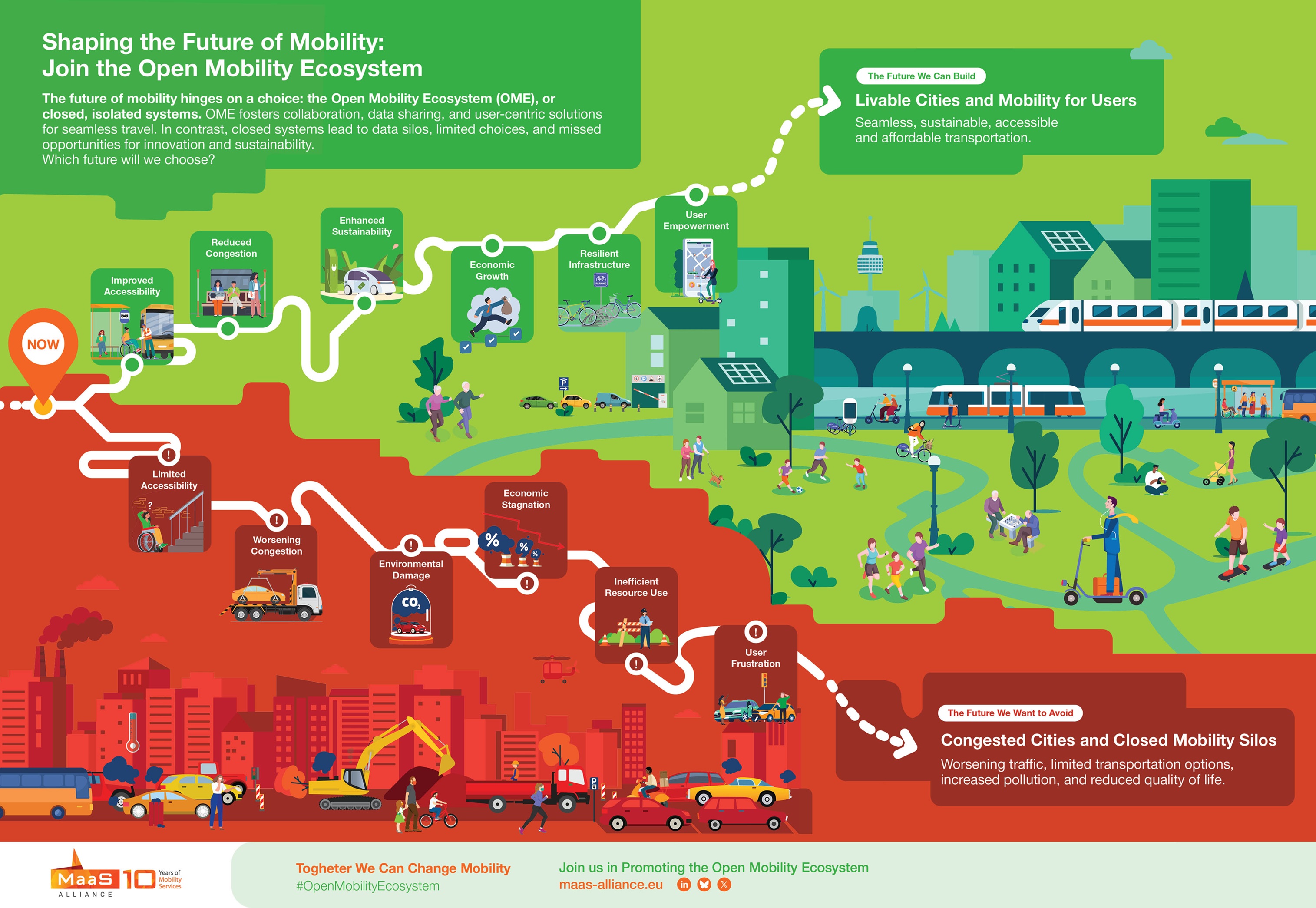
The MaaS Alliance is a neutral and non-profit organisation working together with all stakeholders within the mobility industry to act as the catalyst in achieving the required output from the OME. We focus on the mobility tools and services; the actual deployment is done by, and within, the actual responsible authority or organisation.
By creating a neutral environment of trust, we can align and collaborate on reaching common goals, focus on the output and work together to produce the best possible results. We believe that every single person has a right to travel at every moment of time, at any location, by accessible and affordable means which are also sustainable, to maintain a green future for the upcoming generations.
By facilitating the OME, by aggregating on the tools and services and by collaborating on the outputs, we catalyse the opportunities to provide the input to make a positive change and to provide a better future.


